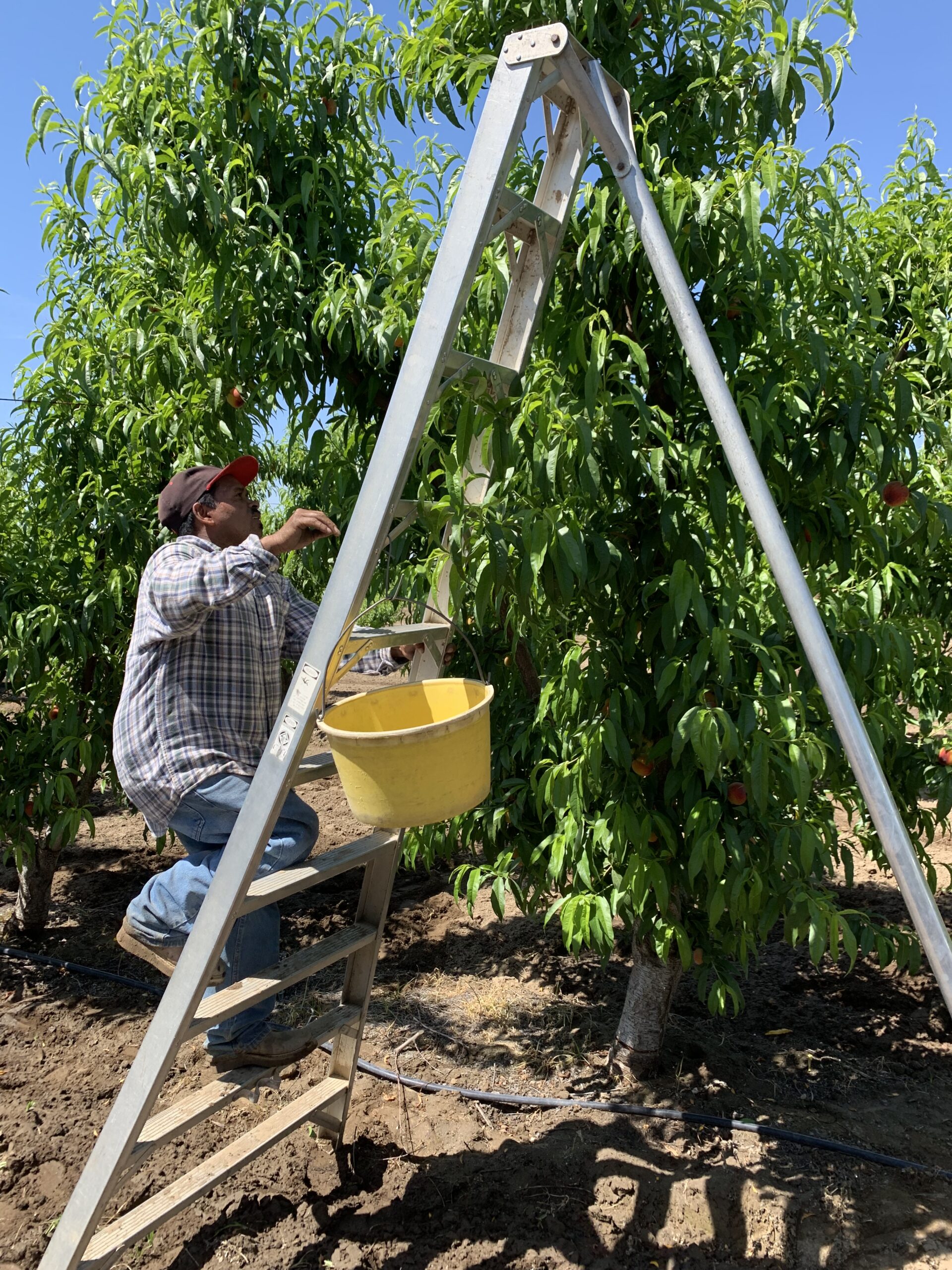How would you describe the organization’s external environment, and how has it responded to it?
1.) The farming landscape has changed with next generation farmers focused on selling rather than farming. This shift is making the competing environment smaller and more powerful as less suppliers serve the market. This aspect has two points of view: The first leading to more communication between suppliers, as fewer suppliers in the market can easily coordinate and establish sustainable market pricing to ensure longevity. The second is more farmers are going out of business as they are unable to compete with economies of scope and scale. This shrinking grower base will continue its trajectory until the remaining growers can regain leverage. The industry has established the California Table Grape Commission to facilitate strategic industry alliances to fuse resources & experiences to counter common industry obstacles.
2.) Materials and supply cost such as boxes, bags and water continue to increase industry wide. This would not be a hurdle if those costs can be passed on to the consumer. However, records indicate farmers have received roughly the same return for the last decade, minimizing the grower’s margins and causing the continued direction of farm closures throughout the state. As a result, more growers share in material purchases to capitalize on volume discounts, as well as planting high yielding premium grape varieties.
3.) California’s fluctuating minimum wage and U.S. immigration reform is one of the dominant external factor’s growers strive to balance. New technologies are researched and incorporated where feasible to install automation reducing the reliance on the oscillating labor pool with emphasis on quality consistency and competitive pricing.
4.) Many farms in the industry are privately owned, and farmers are constantly evaluating investment yields to determine the best way to stretch company capital to provide a secure and thriving environment. Many growers in the industry have switched to less labor-intensive crops to minimize their losses given the rising cost of labor.
5.) Customers and retailers continue to receive pressure from their shareholders to deliver higher returns by reducing cost. This continued quest for delivering premium product at a reduced cost has led farmers to become highly innovative and efficient, allowing farmers in California to compete on a global level.
6.) As the farming industry strives to stay competitive, a commission was established to research mechanization and advanced automation to identify the cost effectiveness and appropriate time to install automated support. This research is currently underway and just recently, through a partnership with AUGEAN, the development of the Burro, a collaborative farm robot reached the market. The Burros will be available for purchase this year and each grower will have equal access to order. The Burro was on display at the World Ag Expo this February 2020.
7.) The farming industry continues to engineer and plant new product varieties that produce higher yields and quality shelf stable foods. Unemployment is strongly reflective in the industry as growers establish incentives to recruit labor. Certain products, such as cherries, are more sensitive and must be picked immediately, whereas other products like oranges can wait. Farmers industry wide are continually looking at ways of improving efficiencies for all members of the supply chain.
8.) The State of California has deemed farming a critical infrastructure during the Covid-19 pandemic ensuring food supplies are not disrupted. This law has created strong controversy as growers scramble to create a safe environment for employees while maintaining the critical food supply. The industry has started checking employee temperatures prior to entering the facilities as well as staggering shifts and breaks to minimize employee contact. Employees are provided with PPE to create a relatively safe atmosphere.
9.) The green movement has sparked the installation of solar panels, organic product availability and the study of more efficient packaging to meet the evolving consumer demands to ensure long-term sustainability of the business.
10.) Farmers throughout the industry share timeless values that resonate throughout the landscape with strong ethics and a shared traditional moral compass. As growers want to keep their products relevant, they understand that traditional methods and marketing campaigns must be expanded to ensure the continued survival of the industry incorporating big data and social media.
11.) Sales for Kirschenman are approximately 70% domestic and 30% international, resulting in a global viewpoint that is constantly shifting with close ties to foreign customs, market shifts and developing supplies. The Kirschenman group has positioned itself as a strategic supplier for retailers worldwide, as well as established partnerships with growers in Chile, Peru & Mexico.
